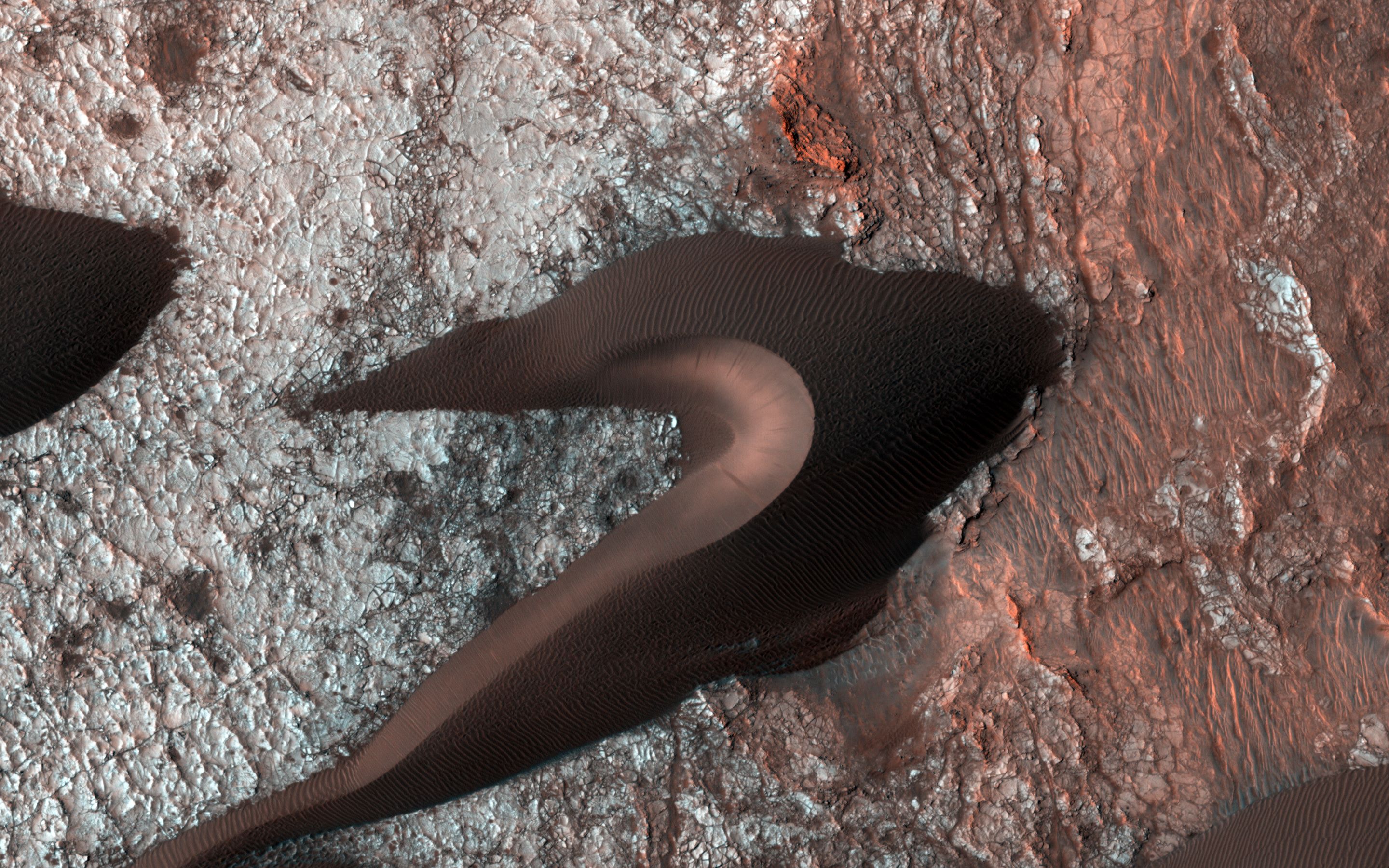Three years after landing in a giant Martian crater, NASA's Curiosity rover has found what scientists call proof that the basin had repeatedly filled with water, bolstering chances for life on Mars, a study published on Thursday showed.
The research offered the most comprehensive picture of how Gale Crater, an ancient, 87-mile (140-km) wide impact basin, formed and left a 3-mile (5-km) mound of sediment standing on the crater floor.
Early in its mission, Curiosity discovered the gravel remnants of streams and deposits from a shallow lake.



